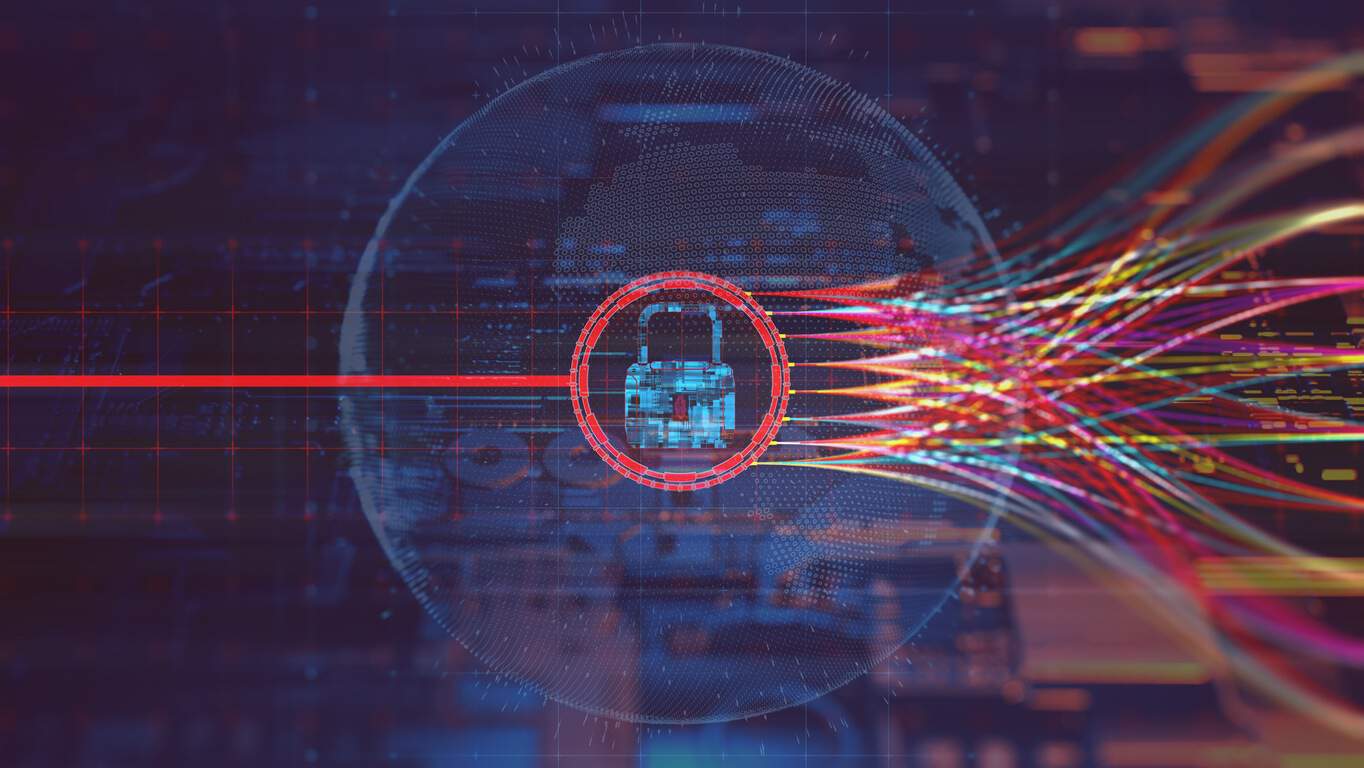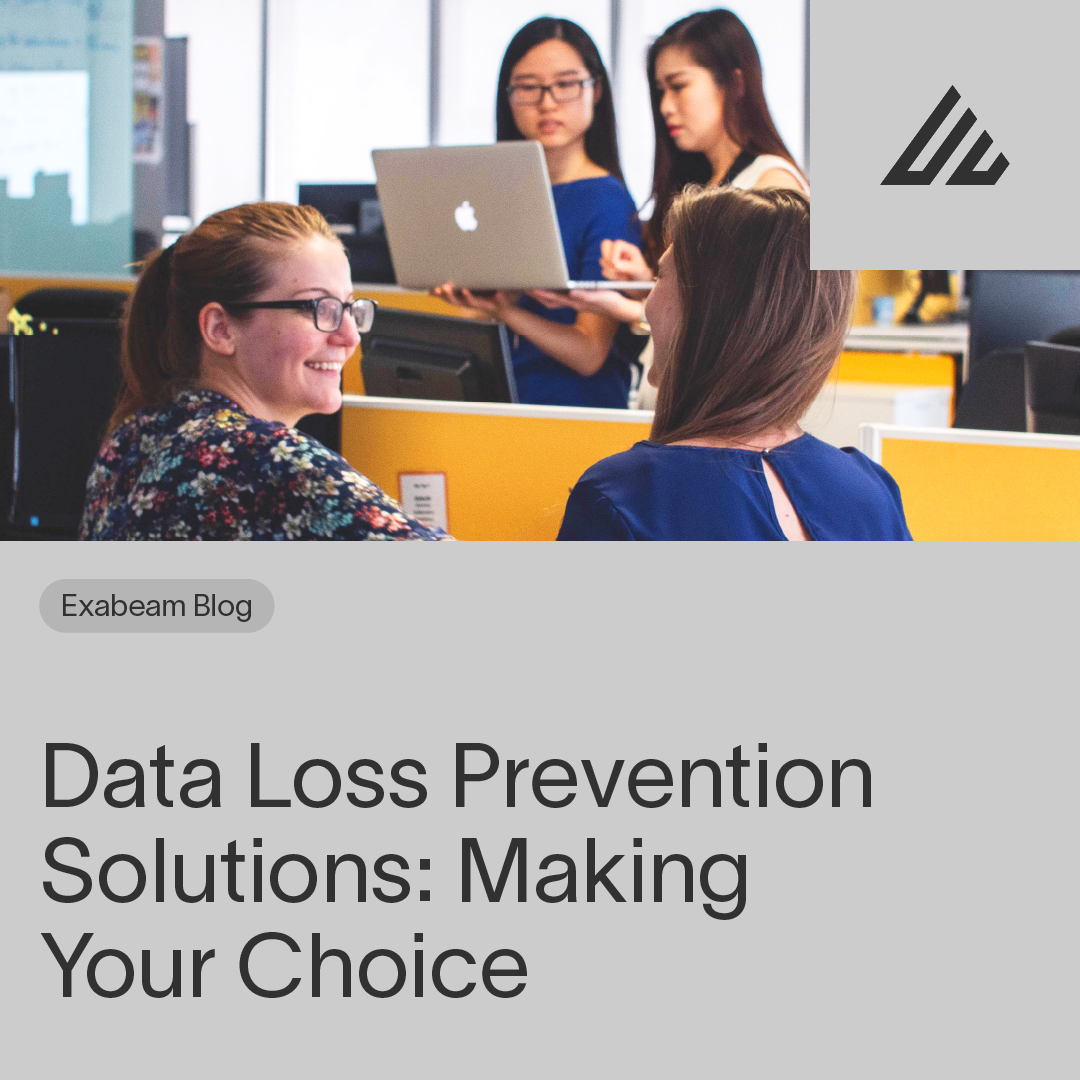What is cloud DLP?
Data loss prevention (DLP) practices and tools help protect data at rest, in-transit, and on endpoints. The goal is to reduce and eliminate risks such as data theft and data leakage.
DLP solutions, in particular, are designed to prevent unauthorized usage of sensitive and confidential data, and prevent insecure storage and transfers.
Cloud DLP solutions are built to provide security controls for organizations that implement various cloud storage strategies, from simple public or private cloud to multicloud and hybrid ecosystems.
Specifically, cloud DLP helps ensure sensitive data is encrypted before it is transferred to cloud stores, and is sent to authorized cloud systems only. Additionally, to ensure data is protected during transit, cloud DLP tools often remove or modify sensitive and classified data before the transfer.
In this article, you will learn:
- What is Cloud DLP?
- Benefits of Cloud DLP
- Key Features of Cloud DLP Platforms
- Cloud DLP Best Practices
Benefits of Cloud DLP
Cloud ecosystems enable employees to work at any time, from anywhere in the world, often using any device they have at their disposal. This can be beneficial to organizations, because it helps increase productivity. On the other hand, this aspect of cloud potentially introduces a critical risk, commonly known as “shadow IT”.
Shadow IT occurs when employees use unauthorized systems and devices to connect, use, and perform work tasks. When this happens, employees can introduce risks into the corporate infrastructure, using cloud assets. All the while, IT staff often remain unaware of the new risks, and these risks can be exploited by malicious actors.
DLP solutions can help enforce measures that prevent and mitigate risks associated with shadow IT. In addition, cloud DLP provides the following key benefits:
-
- Safe integration — DLP can help ensure safe integration with cloud storage providers, including controls for scanning servers, identifying and encrypting sensitive data before sharing files through the cloud.
- Continuous scanning and auditing — DLP allows organizations to scan data in cloud storage and perform auditing continuously for all data, including uploaded files.
- Accurate discovery — of sensitive data placed in cloud repositories.
- Automated policies — DLP tools provide capabilities for automating enterprise policies, which apply controls, such as prompt, block, encrypt, to sensitive data.
- Alert notifications — DLP solutions often come with alerting built-in, enabling admins and relevant parties to get instant alerts, when data is at risk.
- Extended visibility — most DLP tools provide capabilities to ensure visibility and for controls into cloud ecosystems. These controls are required to meet compliance with data privacy and protection regulations.
Key features of cloud DLP platforms
Different platforms provide unique features and capabilities, which can be leveraged for specific use cases.
Content and context aware DLP
Content aware DLP technology enables the software to identify strings within their context. The software scans key terms and text strings, including numbers. The strings were pre-configured as rules, which the policy can follow.
Related content: read our guide to data loss prevention policy template.
For example, a content-aware DLP can scan and locate sets of nine numbers, and determine the set represents a social security number. A context-aware DLP can recognize more information related to the nine numbers. The contextual information helps the DLP further investigate whether the string is a social security number that requires protection.
Alerts and notifications
Alerts and notifications are critical to ensure administrators are aware of risks on time to mitigate with minimum damages incurred. While a high number of alerts and notifications can overwhelm admins, it is critical to remain aware of policy violations.
DLP notifications help inform users that they have violated a policy, and the user then knows what happened to their file or communication channel. Additionally, notifications help users learn about safe data handling practices. This can, potentially, reduce the number of future incidents.
Advanced detection powered by machine learning
Machine learning (ML) technology helps reduce the number of false positives in cloud DLP systems. Additionally, ML technology helps improve the software’s ability to detect complicated data loss scenarios. ML-based cloud DLP can leverage machine learning to continuously learn and improve.
Automated actions
Automation capabilities are known to help save time and increase efficiency and productivity.
DLP solutions provide automation capabilities that can perform a wide range of tasks. For example, a policy can be automated to delete, quarantine, unsanction, unshare, and perform other repetitive tasks. In some policies, DLP can initiate automated responses, which can significantly reduce risks until admins and security staff are available to mitigate.
Related content: read our guide to data loss prevention tools..
Cloud DLP Best Practices
There are various techniques that can help enhance implementations. Each practice can be put in place to ensure important tasks are achieved. For example:
- Discover sensitive content in the cloud — using cloud data discovery tools, which perform deep scans and provide visibility into historical cloud data. The insights gained from these scans help cloud DLP solutions to better classify sensitive content.
- Classify sensitive content — using cloud DLP policies, which label data into categories like “important”, “confidential”, “private”, and “sensitive”. Systems and admins can then better locate and assess batches of data, and prioritize according to labels.
- Define user groups — to ensure cloud DLP policies can enforce ethical firewalls, restrict email forwarding to external collaborators and partners, and control file-sharing actions.
- Apply zero trust encryption — to ensure critical data is encrypted at rest and in motion. Cloud DLP tools provide encryption for sensitive content, preventing unauthorized parties from viewing cloud content in plain-text form.
- Define human-centric policies based on user behavior — using an integrated advanced detection engine. User and entity behavior analytics (UEBA), for example, can continuously monitor users, devices, and applications. A UEBA can detect suspicious user behavior, in real-time, and then block access to data at risk.
Cloud DLP with Exabeam
Through a combination of Exabeam’s Security Management Platform (SMP), and our broad data integrations and technical alliance partnership ecosystem, organizations can detect and remediate data risk in the cloud.
Our SMP is easy to implement and use, and includes advanced functionality per the revised Gartner SIEM model:
- Advanced Analytics and Forensic Analysis—threat identification with behavioral analysis based on machine learning, dynamically grouping of peers and entities to identify suspicious individuals, and lateral movement detection.
- Data Exploration, Reporting and Retention—secure log data retention leveraging modern data lake technology, with context-aware log parsing that helps security analysts quickly find what they need.
- Threat Hunting—empowering analysts to actively seek out threats. Provides a point-and-click threat hunting interface, making it possible to build rules and queries using natural language, with no SQL or NLP processing.
- Incident Response and SOC Automation—a centralized approach to incident response, gathering data from hundreds of tools and orchestrating a response to different types of incidents, via security playbooks. Exabeam can automate investigations, containment, and mitigation workflows.
Exabeam enables SOCs, and InfoSec security teams to gain more visibility and control. Using Exabeam, organizations can cover a wide range of information security risks, ensuring that information remains secure, accessible, and available. Learn more about Exabeam’s next-generation cloud SIEM, and our Advanced Analytics solution which adds intelligence to your current SIEM.
Want to learn more about DLP?
Have a look at these articles:
Similar Posts
Recent Posts
Stay Informed
Subscribe today and we'll send our latest blog posts right to your inbox, so you can stay ahead of the cybercriminals and defend your organization.
See a world-class SIEM solution in action
Most reported breaches involved lost or stolen credentials. How can you keep pace?
Exabeam delivers SOC teams industry-leading analytics, patented anomaly detection, and Smart Timelines to help teams pinpoint the actions that lead to exploits.
Whether you need a SIEM replacement, a legacy SIEM modernization with XDR, Exabeam offers advanced, modular, and cloud-delivered TDIR.
Get a demo today!













